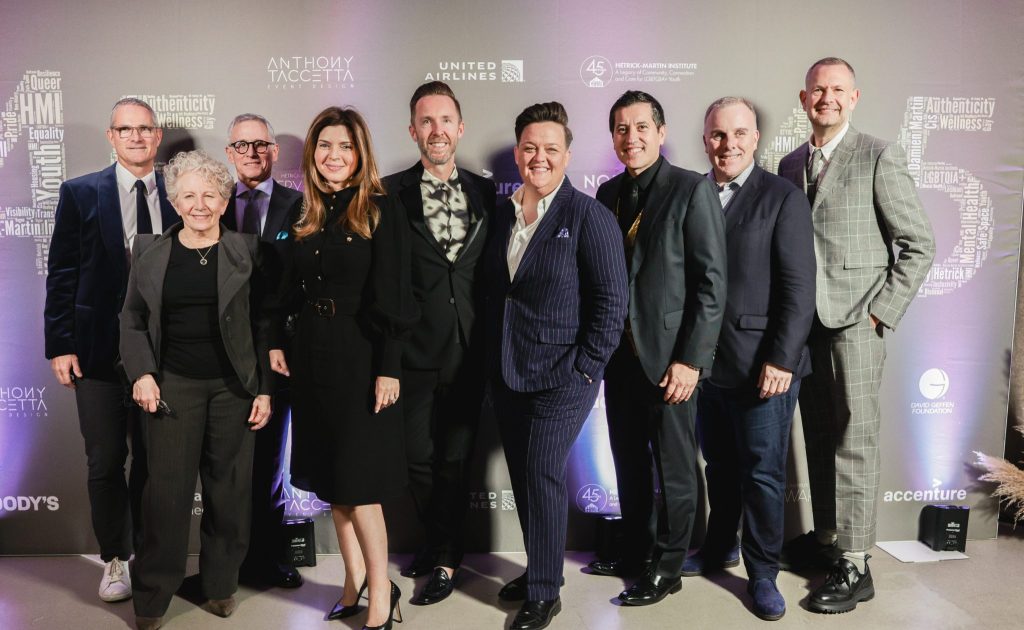The development of augmented reality (AR) is transforming the way that businesses operate and offer their products and services. So, let’s take a look at a few of the benefits and applications of AR in business.
Boosting Engagement
Put simply, AR technology superimposes digital elements onto the user’s environment. For this reason, it has long since been utilized in the entertainment industry to provide engaging alternatives to traditionally in-person experiences. In the world of iGaming, for example, live games like Crazy Time use a combination of physical props in a studio and AR to develop an immersive environment. Live hosts will spin a wheel, the results of which trigger different prizes or bonus rounds. AR graphics then appear on-screen to deliver the wins or to enact the activated bonus gameplay. This provides players with an immersive, engaging, and authentic casino experience.
This same logic can be applied to businesses in a wealth of other industries, both for employee- and customer-facing materials. For consumers, AR can be used to provide engaging product demonstrations, and display more accurate representations of a product in real life than you’d typically get from online commerce. For example, makeup giant Sephora uses a combination of facial recognition and AR rendering to allow shoppers to try on different shades of makeup in real-time, whilst Argos provides digitized images of items that can be used to visualize products in the user’s home using their camera app. Similarly, AR can be used to create engaging multi-dimensional experiences for employees, taking internal communications to the next level. With this in mind, AR can make offerings more understandable and immersive, driving sales and employee engagement.
Streamlining Processes
Of course, the complexity of workflows depends on the industry the business operates within. However, no matter how complex the industry dictates workflows should be, this is all entirely relative. In this sense, every business has that one process that could be made more efficient.
In technical industries, AR can streamline repairs by providing engineers and mechanics with the ability to provide real time visual remote support. This is something already utilised in the automotive world by Mercedes-Benz, who leverages Microsoft HoloLens 2 and Dynamics 365 Remote Assist technology to collaborate with experts worldwide. In addition, AR can enhance design and development processes for creatives, as it allows them to consider design specifications, theoretical performance, and other technical aspects from the very beginning of the design process.
Knowledge Base Development
Certain industries or situations make it logistically or financially impossible to provide all employees with hands-on training. It is only logical that those designated as field experts may be prioritized for specific training programs, and sometimes, it may be too dangerous to provide in-person, hands-on training for anyone.
Here, AR can provide multisensory, immersive training through interactive virtual programs. Employees can interact with simulations of real-world scenarios without the risk of making a mistake. This makes training more accessible and engaging, ultimately boosting the overall skill and knowledge level within the business.
As you can see, AR boasts a wealth of applications across various sectors. From bolstering virtual services to improving upskilling opportunities, AR is predicted to continue transforming businesses well into the future.


















